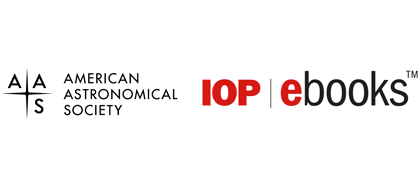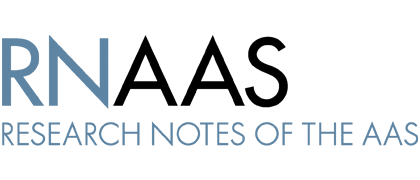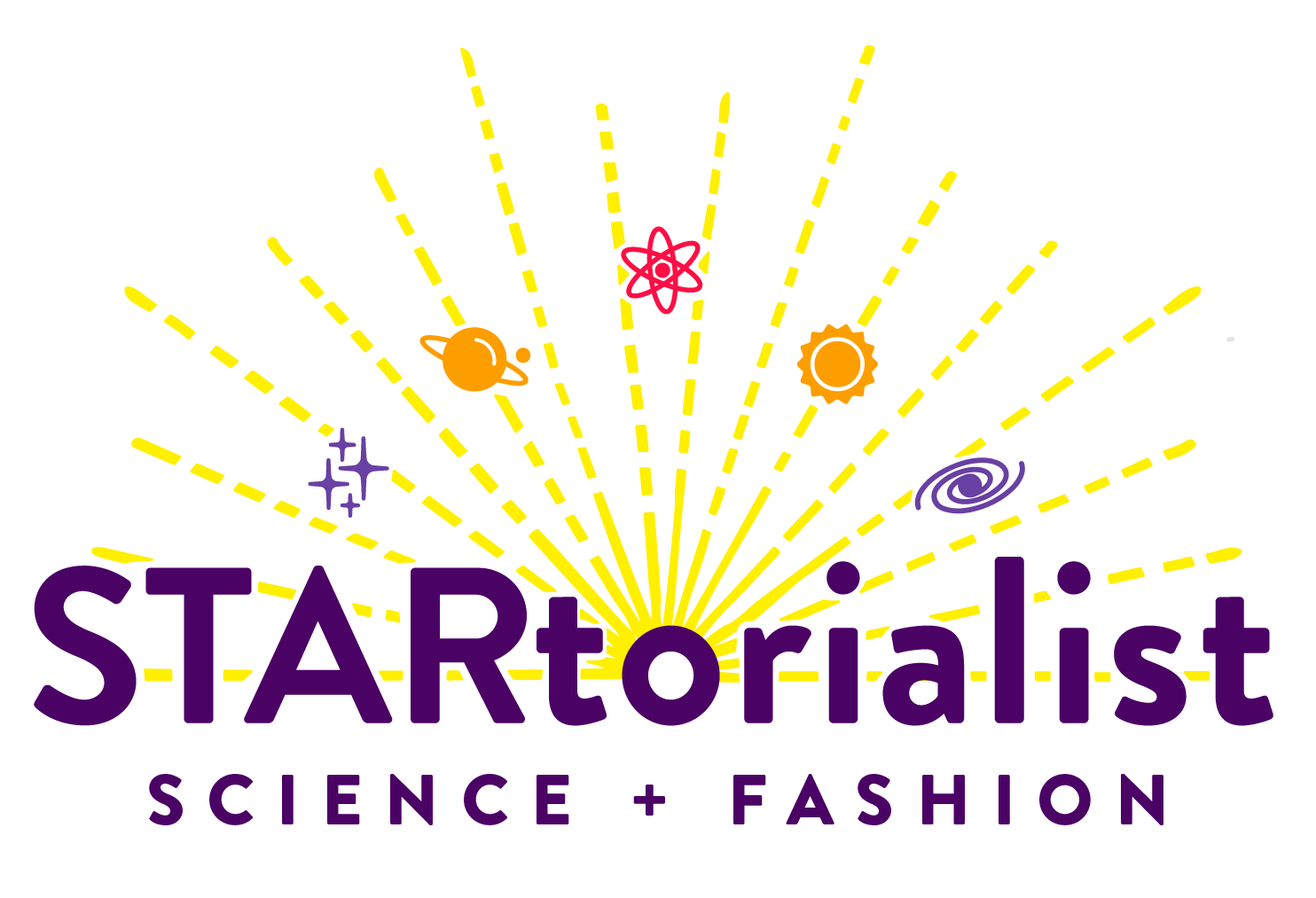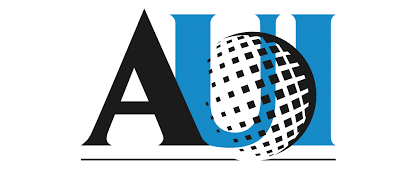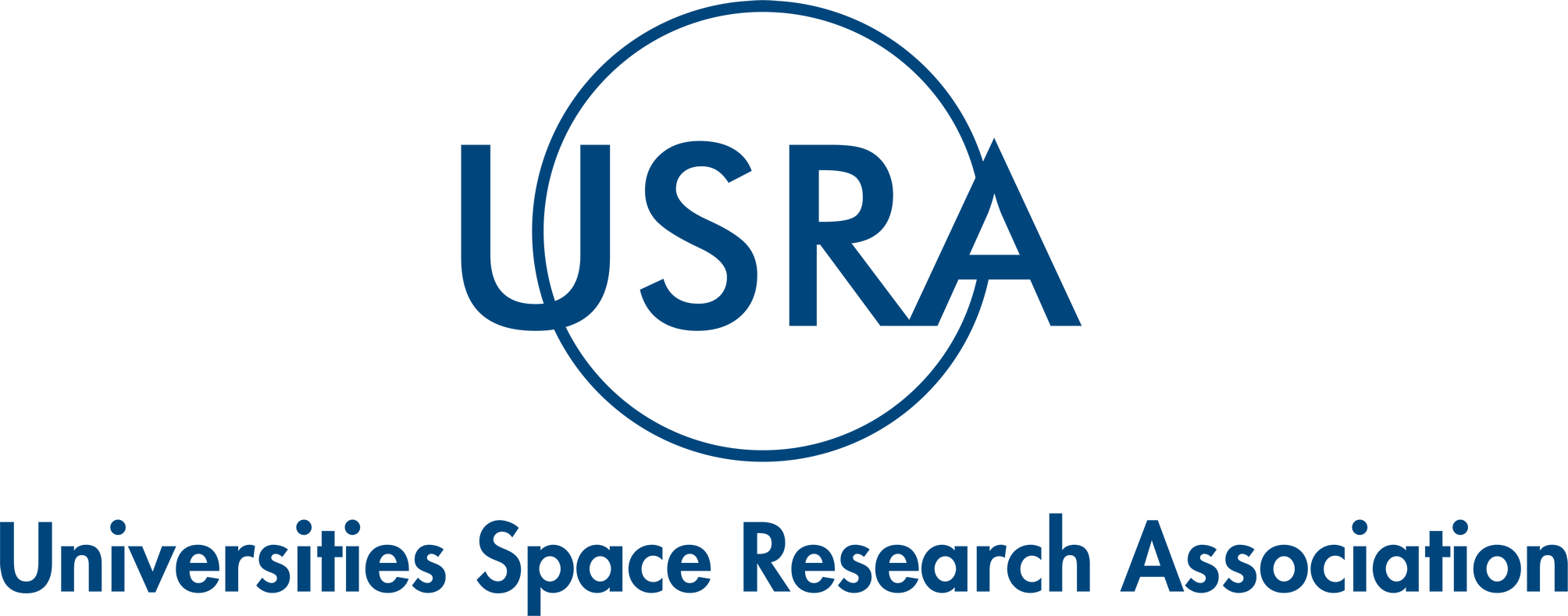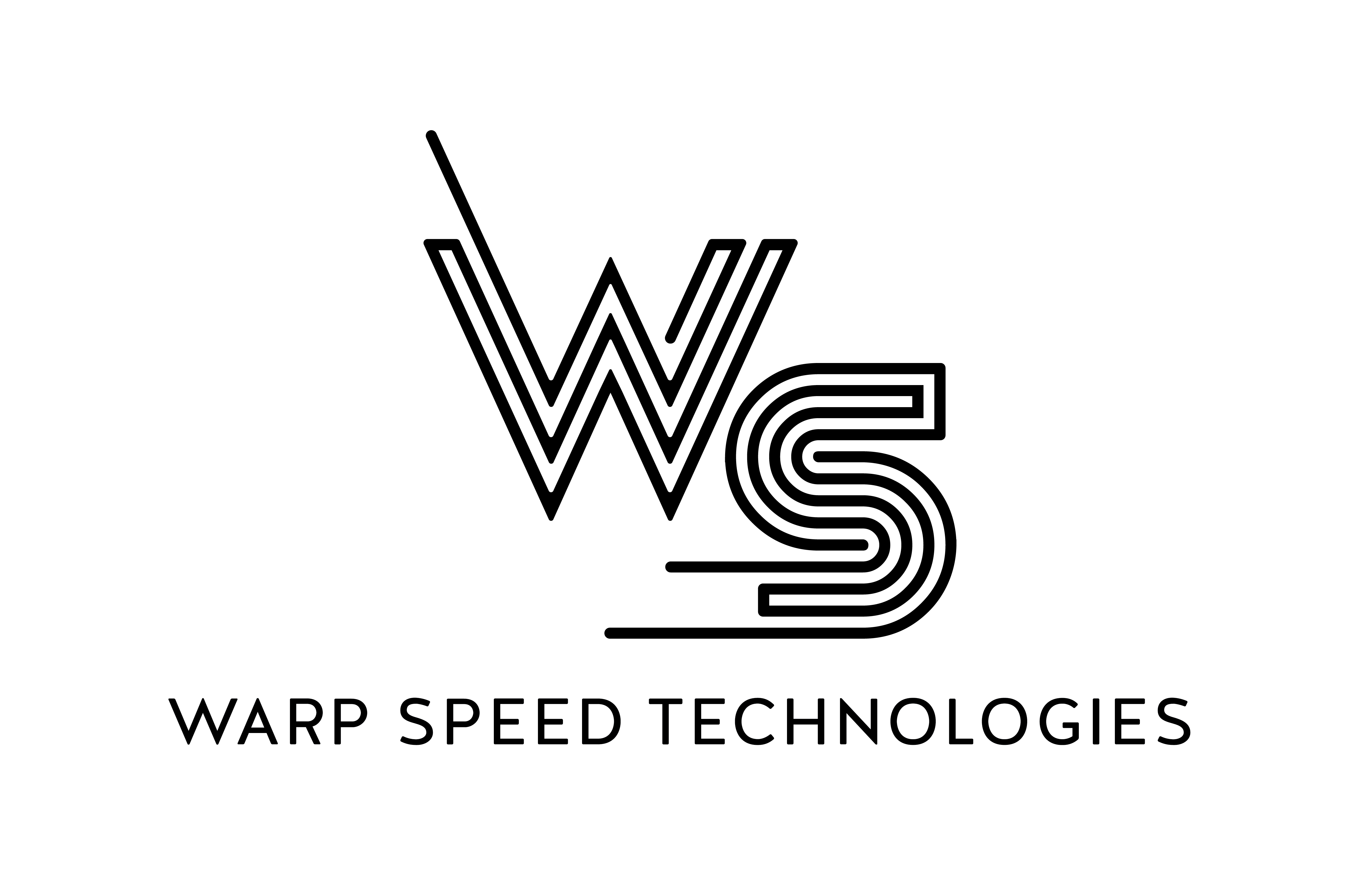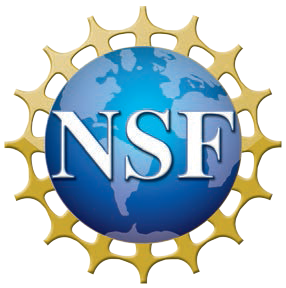236th meeting
Press


26 May 2020 (updated 4 June 2020)
Contact:
Dr. Rick Fienberg
AAS Press Officer
+1 202-328-2010 x116; cell: +1 857-891-5649
The 236th meeting of the American Astronomical Society (AAS), to be held jointly with the AAS Laboratory Astrophysics Division (LAD), convenes online 1-3 June 2020. We have managed to preserve most aspects of a regular in-person AAS meeting, including two daily press conferences featuring new findings on celestial objects and phenomena from our solar system, to exoplanets around nearby stars, to the center of the Milky Way, out to the most distant known galaxies. The conference will have a robust program of plenary lectures (prize and invited talks), parallel oral and digital interactive iPoster sessions, and public-policy Town Halls, plus a virtual Exhibit Hall augmented by interactive chats and webinars. We already have more than 1,000 registrants — including scientists, educators, students, and journalists — from more than 20 countries worldwide. Meeting hashtag: #AAS236.
AAS 236 Meeting Links:
- Home Page on AAS.org
- Home Page on vFairs.com
- Press Information
- Block Schedule
- Science Program Planner
- iPoster Gallery
- Virtual-Meeting Training Resources
Important Preliminaries
All attendees — including press registrants — are expected to follow our Guide to AAS Meeting Etiquette, Anti-Harassment Policy for AAS & Division Meetings & Activities, and Code of Ethics. Obviously some of the provisions in these policies apply only to in-person meetings, but others apply more broadly and are applicable to a virtual meeting too. Your participation in the conference is taken to signify that you have read these policies and that you agree to abide by them.
Press Contacts & Other Contacts
Since we will not be meeting in person, there will be no physical press facilities, only a virtual Press Room.
Press Contacts:
- Rick Fienberg, AAS Press Officer, +1 857-891-5649 (cell)
- Tarini Konchady, AAS Media Fellow, +1 202-328-2010 x130
- Susanna Kohler, Editor, AAS Nova, +1 202-328-2010 x127
Other Contacts:
Press Registration
Access to the virtual meeting requires registration. The AAS offers complimentary press registration to bona fide working journalists and public-information officers (PIOs), as described on our press-credentials page.
To request press registration, send an email message to AAS Press Officer Dr. Rick Fienberg with your name and media affiliation (or "freelance" if applicable). Upon confirming your eligibility, he'll send you the URL of an online registration form and the required press-registration code. Advance registration deadline: Friday, 29 May.
Note: Registration will still be possible once the meeting gets under way, but we likely won’t be able to respond to requests promptly, leaving you without login credentials and unable to join the conference until our staff can process your registration request.
See our current list of press registrants to find out which of your fellow science writers are already planning to join us online.
How to Log In to the Virtual Meeting
Once you’ve received confirmation of your registration from the AAS meetings team, and to prepare for a successful start to the meeting, we invite you to log in to our virtual platform to test your username and edit your profile. Ensuring your login credentials are correct is especially important if you did not register yourself (as most press registrants didn’t) and/or if you don’t know or remember your AAS username and password.
To log in please follow these simple steps:
- Visit the AAS 236 virtual meeting platform.
- Click on the “Attendee Login” button.
- Log in with your AAS username and password. Please use the “Forgot password?” feature if you need to reset your password, and we will email you a reset link.
- After logging in successfully you will see an “Event Closed” message (this will go away once the meeting gets started on 1 June). Click on the “Edit Profile” button to begin customizing information about yourself. You can also upload a portrait photo of yourself, if you wish.
For more information and instructions, see our AAS 236 Tools & Resources page, especially the videos posted there.
Press Conference Schedule, Topics & Speakers
News briefings will be held each morning and afternoon, Monday, 1 June, through Wednesday, 3 June, in our virtual Press Room. Note that morning and afternoon briefings occur in parallel with morning and afternoon oral science sessions and iPoster-Plus presentations (short talks illustrated with iPosters).
Following is the press-conference program, which remains subject to change. Briefings are scheduled as follows (all times are EDT = UTC – 4 hours):
- Monday, 1 June, 11:15 am & 3:00 pm
- Tuesday, 2 June, 11:15 am & 3:00 pm
- Wednesday, 3 June, 11:15 am & 3:00 pm
In [square brackets] under the speakers' names are the abstract numbers on which their presentations are based.
All findings are embargoed until the time of presentation at the meeting. "Time of presentation" means the start time of the oral or poster session in which the paper will be given, or the start time of the corresponding press conference (if any), whichever comes first. See the complete AAS embargo policy for more information.
Note: All new discoveries are subject to confirmation by independent teams of scientists. Inclusion here does not imply endorsement by the American Astronomical Society. The AAS does not endorse individual scientific results.
Added 3 June 2020: Briefing titles now link to archived videos on the AAS Press Office YouTube channel. Presentation titles now link to the speakers' presentation files (PDFs). These files are provided for personal use only. If you wish to publish or otherwise reproduce any of the content in these files, you must obtain permission from the presenters — otherwise you may be in violation of copyright law. If you need help contacting a presenter, email AAS Press Officer Rick Fienberg.
Monday, 1 June 2020, 11:15 am EDT
Galaxies Weird & Wonderful (Briefing Video)
Lopsided Satellite Distributions Around Isolated Host Galaxies
Tereasa Brainerd (Boston University)
[245.02] | Images | Article
Galaxy Spin Directions Show Large-Scale Asymmetries and Redshift Dependence
Lior Shamir (Kansas State University)
[336.02] | Press Release
Evidence for a Massive Hot Circumgalactic
Medium Enveloping a Large, Luminous Galaxy
Sanskriti Das (Ohio State University)
[205.04] | Press Release
A Proto-Supercluster of Galaxies at High Redshift
Ripon Saha (University of Missouri, Kansas City)
[127.03] | Press Release
Monday, 1 June 2020, 3:00 pm EDT
Cosmic Bangs & Whimpers (Briefing Video)
Chemistry at the Extreme: The Unusual
Molecular & Isotopic Content of Planetary Nebulae
Deborah Schmidt (Swarthmore College)
[247.09] | Press Release (PDF)
Capturing a Pulsar Powering Up
Adelle Goodwin (Monash University)
[108.05] | Press Release
Detection of the Crab Nebula Using an Innovative Gamma-Ray Telescope
Justin Vandenbroucke (University of Wisconsin, Madison)
[204.03] | CfA Press Release | Utah Press Release
How Black Holes Grow Across Cosmic Time
Fabio Pacucci (Black Hole Initiative & Center for Astrophysics)
[111.03] | Press Release
Tuesday, 2 June 2020, 11:15 am EDT
Galactic Center To & Fro (Briefing Video)
Galactic Center VR
Christopher Russell (Pontificia Universidad Católica de Chile)
[324.06] | Press Release
The Dominance of the Magnetic Field in the Central Five Parsecs of the Galaxy
Joan Schmelz (Universities Space Research Association)
[306.06] | Press Release
Revealing the Powerful Particle Accelerator in the Galactic Center
Shuo Zhang (Bard College)
[306.05] | Press Release
Illumination of the Magellanic Stream by an Intense Flash at the Galactic Center
Andrew Fox (Space Telescope Science Institute)
[217.05] | Press Release
Tuesday, 2 June 2020, 3:00 pm EDT
Planets, Exoplanets & Brown Dwarfs (Briefing Video)
Evidence for a Past Martian Ring from the Orbital Inclination of Deimos
Matija Ćuk (SETI Institute)
[221.07] | Press Release
Old Dog, Old Tricks, Old Data: A Mass for Proxima Centauri c
George Benedict (University of Texas, Austin)
[206.04] | Press Release
First Discoveries of the Galactic Plane Exoplanet Survey (GPX)
Paul Benni (Acton Sky Portal)
[113.04]
Discovery of a Young, Nearby Brown Dwarf with a Disk
Maria Schutte (University of Oklahoma)
[319.06] | OU Press Release | MIT Press Release
Wednesday, 3 June 2020, 11:15 am EDT
Mysteries of the Milky Way (Briefing Video)
First Optical Measurements of the Fermi Bubbles Probe Their Origin
Dhanesh Krishnarao (University of Wisconsin, Madison)
[217.06] | Press Release | Presentation with Video (Google Doc)
The Hot Circumgalactic Medium of the Milky Way
Smita Mathur (Ohio State University)
[116.02] | Press Release
How Ubiquitous Is the Hot Component of Our Galaxy’s Circumgalactic Medium?
Anjali Gupta (Columbus State Community College)
[306.07] | Press Release
Discovery of a Thin Circular 30° Ultraviolet Arc Around the Big Dipper
Robert Benjamin (University of Wisconsin, Whitewater)
[224.08] | Press Release
Wednesday, 3 June 2020, 3:00 pm EDT
Sweet & Sour on Satellites (Briefing Video)
Studying the High Redshift Universe
Combining Hubble, Webb, and Gravitational Lensing
Rachana Bhatawdekar (European Space Agency)
[307.03] | Press Release
Hybrid Ground-Space Telescopes
John Mather (NASA Goddard Space Flight Center)
[305.05]
Impacts of Large Constellations of Satellites on Optical-Infrared Astronomy
Patrick Seitzer (University of Michigan)
[311.07]
Learning to Live with Large Constellations of Satellites
James Lowenthal (Smith College)
[214.01]
Virtual Press Conference Instructions
Briefing audio, video, and slides will be available live online via Zoom Webinars. All registrants, including press registrants, should receive an email message from the AAS with instructions on how to log in to the virtual AAS 236 environment; how to navigate to the Press Room, other session rooms, and the virtual Exhibit Hall; how to use the presentation tools we’ve adopted; and how to join an online training session via Zoom. If you overlook (or don’t receive) the email and/or miss the live training, you’ll find videos on the AAS 236 Tools & Resources page, which you should visit anyway, as it contains lots of useful information, including recommendations on how to make sure your hardware and software are set up properly.
When you join a press conference, you’ll be muted (both audio and video) but will be able to ask questions via a Q&A text window. You’ll have two options for using the Q&A text window:
- type a short message indicating that you’d like to ask a question, or
- type your question in its entirety, making sure to indicate which presenter you’re directing it to.
In the first case, when we’re ready to take your question, we’ll temporarily “promote” you from a muted audience member to an active participant with audio and video so that you can ask your question. In the second case, we’ll read your question aloud on your behalf.
We plan to live-stream our press conferences to the AAS Press Office YouTube channel and to post recordings of them there too, though probably not until after the meeting is over. Note that if you watch a briefing on YouTube rather than attend it live via Zoom (which is possible only if you register for the meeting as a member of the press; see above), you will not be able to ask questions.
More general instructions for participating in the virtual AAS meeting are on our Tools & Resources page, which is being updated frequently and which you should review before 1 June so that you’ll know how to find your way around within the virtual conference environment.
Prize Lectures & Invited Talks
Among the highlights of every AAS meeting are plenary lectures by recent AAS prize winners and other distinguished astronomers. Prize lectures and invited talks shine a spotlight on the most exciting areas of current astronomical research and most pressing issues facing the astronomical community and feature insights from some of the sharpest minds working to deepen our understanding of the universe. All plenaries occur in the Claudia J. Alexander Ballroom. Session numbers are shown in [square brackets]. All times are EDT = UTC – 4 hours.
Monday, 1 June 2020
9:50 am to 10:00 am
Welcome Address by AAS President
Megan Donahue (Michigan State University)
[100]
10:00 am to 10:50 am
Fred Kavli Plenary Lecture:
Searching for Habitable Worlds: Challenges, Opportunities & Adventures
Lisa Kaltenegger (Cornell University)
[101]
12:40 pm to 1:30 pm
The Inclusion Revolution
Dara Norman (NSF's NOIR Lab)
[114]
4:30 pm to 5:20 pm
Journey to the Center of the Galaxy:
Following the Gas to Understand the Past and Future Activity of Galaxy Nuclei
Elisabeth Mills (University of Kansas)
[128]
Tuesday, 2 June 2020
10:00 am to 10:50 am
LAD Plenary Lecture: The Crucial Interplay of Laboratory Experiments,
Observations, and Theory to Unveil Our Astrochemical Origins
Paola Caselli (Max-Planck-Institute for Extraterrestrial Physics)
[200]
12:40 pm to 1:30 pm
Satellite Mega-Constellations and the Night Sky: OIR Visibility, Impacts, and Policy
James Lowenthal (Smith College) &
An Introduction to the Radio Frequency Spectrum Regulations
Sandra Cruz-Pol (National Science Foundation)
[214]
4:30 pm to 5:20 pm
The Atacama Cosmology Telescope and the Simons Observatory:
The Millimeter-Wave Sky from Chile
Jo Dunkley (Princeton University)
[229]
Wednesday, 3 June 2020
10:00 am to 10:50 am
Solar Physics Division (SPD) Hale Prize Lecture:
From Jets to Superflares: Extraordinary Activity of Magnetized Plasmas in the Universe
Kazunari Shibata (Kyoto University)
[300]
12:40 pm to 1:30 pm
Our Dynamic Solar Neighborhood
Jacqueline K. Faherty (American Museum of Natural History)
[312]
4:30 pm to 5:20 pm
Gone with the Galactic Wind:
How Feedback from Massive Stars and Supernovae Shapes Galaxy Evolution
Christy Tremonti (University of Wisconsin, Madison)
[325]
Town Halls
AAS 236 features numerous afternoon Town Hall gatherings, where you can interact with representatives from funding agencies, advisory groups, ground-based observatories, and space-astronomy missions. Session numbers are shown in [square brackets].
Monday, 1 June 2020
1:40 pm to 2:40 pm, Annie Jump Cannon Meeting Room
NASA Town Hall
Senior representatives from NASA's Science Mission Directorate and Astrophysics Division will discuss NASA's science program and outlook. Topics will include highlights of operating missions, progress of missions in development and implementation, NASA activities supporting the 2020 Decadal Survey, the status of the research program, and anticipated opportunities for both nonflight basic research awards (grants) and flight mission investigations.
[115]
Tuesday, 2 June 2020
1:40 pm to 2:40 pm, Beth A. Brown Meeting Room
National Science Foundation (NSF) Town Hall
Personnel from the NSF Division of Astronomical Sciences will present recent highlights along with the status of major NSF facility and grants programs.
[215]
1:40 pm to 2:40 pm, Annie Jump Cannon Meeting Room
Space Telescope Science Institute (STScI) Town Hall, 1:40 pm EDT
STScI serves the astronomical community through the operation of multiple NASA flagship missions including Hubble, the forthcoming James Webb Space Telescope (JWST), and the planned Nancy Roman Space Telescope (formerly the Wide Field Infrared Survey Telescope, WFIRST); the development of advanced data and science archives; and the dissemination of astronomical information to the broadest public audiences.
[216]
Wednesday, 3 June 2020
1:40 pm to 2:10 pm, Beth A. Brown Meeting Room
OSTP Town Hall with White House Science Advisor Kelvin Droegemeier
Representatives from the Office of Science and Technology Policy (OSTP) often participate in Town Hall events at scientific member societies’ meetings as a way to engage with the scientific community regarding policy topics. The AAS welcomes OSTP Director Kelvin Droegemeier, who is currently also serving as Acting Director of the National Science Foundation, to our virtual meeting. Topics he will address may include research security, research integrity and rigor, the research environment, and reducing administrative burden. Please join AAS President Megan Donahue and the AAS Public Policy team for this rare opportunity to hear directly from the White House Science Advisor.
[313]
1:40 pm to 2:40 pm, Annie Jump Cannon Meeting Room
National High Performance Computing User Facilities
National scientific supercomputing centers and facilities provide resources and services critical to astronomy, astrophysics, and cosmology research in the US and around the world. In addition to supporting traditional simulation-based investigations, these High Performance Computing and Data facilities will play an expanded role in the success of upcoming ground- and space-based astronomy projects over the next 10 years and provide critical infrastructure and resources to support the new era of multimessenger astronomy.
[314]
AAS on Twitter
During the meeting, AAS Press Officer Rick Fienberg will post announcements of interest to reporters on Twitter at @AAS_Press. Other AAS Twitter handles include @AAS_Office, @AAS_Policy, @AAS_Publishing, and @AASNova. Journalists (and scientists) tweeting from the meeting are encouraged to use the hashtag #AAS236.
AAS Press-Release Distribution Service
If you don't already receive astronomy-related press releases forwarded by email from the AAS Press Office, you should sign up now to guarantee that you receive future meeting advisories as well as electronic copies of all press releases issued during the meeting. To sign up for the AAS press-release-distribution service, for which there is no charge, please fill out and submit the form you'll find linked from our Join the AAS Press List page. With few exceptions, only accredited journalists and PIOs are eligible to receive press releases forwarded by the AAS, as described on our press-credentials page.


